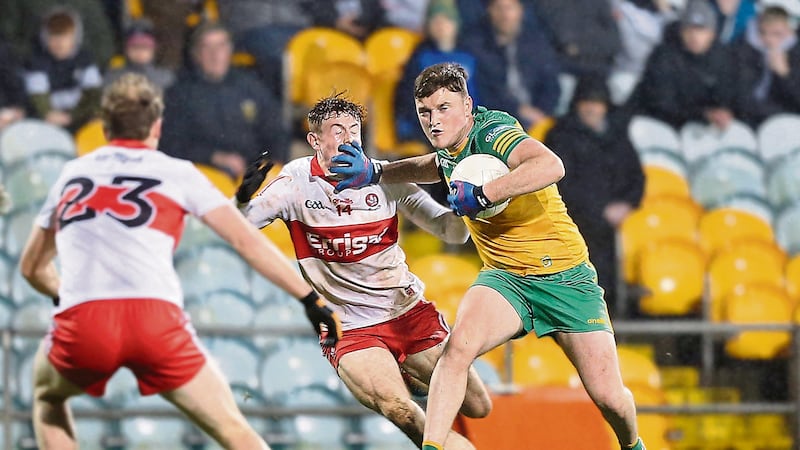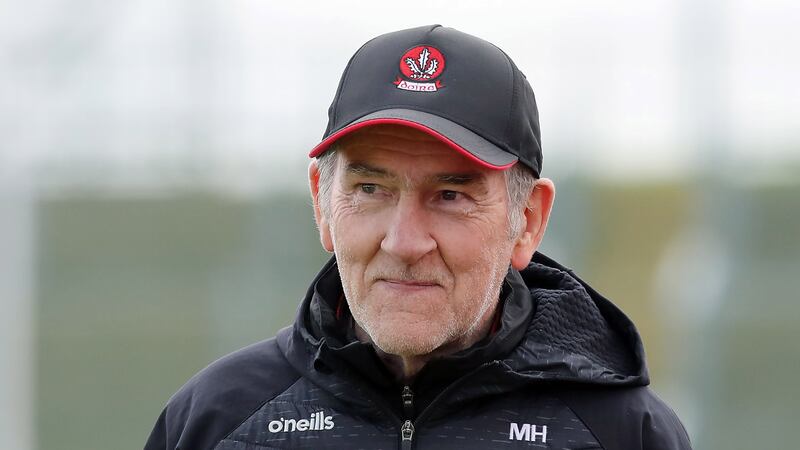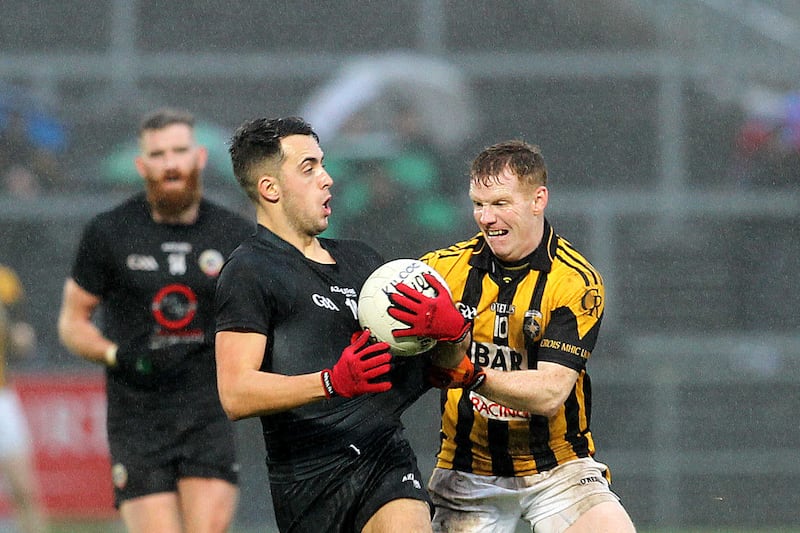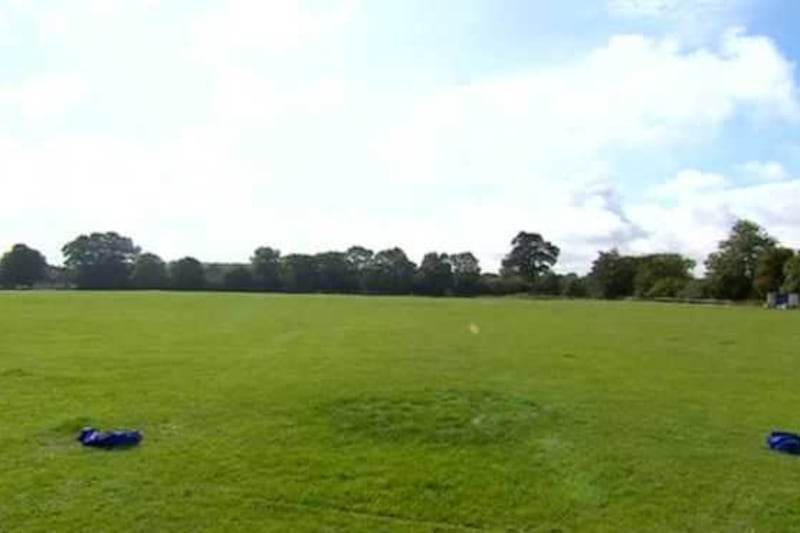ACCORDING to Forbes magazine, the highest-earning female model in the world is Gisele Bundchen. Last year Forbes estimated the ‘Brazilian bombshell’ netted a staggering $45m.
Meanwhile, spare a thought for poor young Sean O’Pry. Considered the top male model on the planet, the American banked just $1.5m last year. Compared to his female counterparts, O’Pry is practically slumming it.
Even the 41-year-old Kate Moss raked in more dough than O’Pry. So old she’s no longer allowed to wear high heels on the catwalk, Moss still earned an estimated $4.5m last year. Think about that. It’s nearly enough to make a feminist smile. O’Pry, a man at the peak of his ‘blue steel’ powers, can’t match the earning power of a woman who, in modelling years, is essentially a geriatric.
I know. The gulf in salaries between the top female and male models is enough to make your blood curdle. The inequality is truly outrageous.
Yet strangely you never hear concerned voices in the media whinging about the raw deal men receive in the fashion industry. Where are the cries about the disproportionate gap which exists between the salaries paid to male and female models?
Of course, it’s blindingly obvious why Gisele and Cara Delevigne command the mega-bucks while Sean O’Pry and David Gandy have to struggle by on whatever crumbs are left in Calvin Klein’s marketing budget.
To quote Bill Clinton: “It’s the economy, stupid.” The market dictates how much people get paid. Generally speaking the media seem to have absolutely no problem accepting this principle, unless, of course, the profession is sport.
Last week there was yet another festival of hand-wringing about the thorny issue of women in sport. Michelle Payne’s victory on Prince of Penzance in the Melbourne Cup launched yet another torrent of pious and sanctimonious articles bemoaning how women don’t get the coverage or the pay they deserve.
All the old chestnuts were trotted out. For instance, we were reminded that in 2013 the Women’s Sport and Fitness Foundation (WSFF) reported that women’s sports received seven per cent of coverage and 0.4 per cent of the total value of commercial sponsorships.
It was also noted how Wayne Rooney makes £260,000 a week while Britain’s highest earning female footballer is just about surviving above the breadline.
Payne, the jockey who made history in Melbourne, helped to light the fuse when she declared after her victory: “It’s such a chauvinistic sport. I know some of the owners were keen to kick me off Prince… I’d like to say to everyone else to ‘get stuffed’ if they think women aren’t strong enough because we just beat the world.”
Evidently Payne reckons the member of the syndicate didn’t want her on board simply because she is a woman. But in the four races before the Melbourne Cup Payne failed to land a single victory, finishing in second, eighth, fifth, and fifth. The fact that one member of the syndicate didn’t want Payne riding Prince of Penzance is not concrete evidence of sexism. It’s a sign someone didn’t think she was the best jockey for the job.
Evidence of genuine prejudice would have occurred if Payne had won less prize money or claimed fewer bonuses than that of her male rivals. That didn’t happen.
The same cannot be said for Serena Williams, arguably the most accomplished and successful sportswoman on the globe. Again, while many commentators are quick to highlight the disparity that exists between male and female sports, there isn’t the same willingness to explore the glaring inconsistencies which exist within the gender divide.
Serena Williams has won 21 Grand Slam titles. Maria Sharapova has won five. If Serena is the sun, then her Russian rival is the moon. When the pair play, Serena treats the Russian like a punchbag. She routinely whips Sharapova.
On court, Williams has won more than $70m, which is double Sharapova’s such earnings. Yet off court Sharapova earns almost twice as much as Williams in endorsements and appearances.
Is it fair that Sharapova makes more money than Williams from those sources? Is it fair that talented female athletes don’t attract anywhere near the same amount of coverage, sponsorship or support as their male counterparts? The answer, unfortunately, is that it doesn’t matter. Fairness has got nothing to do with it.
Despite all the hand-wringing about how women’s sport is largely ignored, few of the complaints ever confront the harsh reality of the situation, which is that professional sport is a business. Companies sponsor and cover the events which draw the biggest crowds and, like it or not, more men and more women prefer to watch events featuring male competitors.
One of the reasons Manchester United can pay Wayne Rooney £260,000 a week is because the Premier League recently sold its TV rights to Sky and BT for £5.14bn. The argument that women’s sport will only grow in popularity if it receives more coverage might be true, but it’s not going to happen. And why should it?
In male sport, coverage is dictated by popularity and demand. With the exception of the BBC, all other media outlets are businesses, not charities. When it is profitable and advantageous for them to cover a women’s sport, they will do so.
In the same way as when it is profitable for a fashion label to pay Sean O’Pry the same amount of money as Gisele Bundchen, that will also happen.
In the meantime, nothing is going to change soon. It might not be fair. But that’s the economy for you.








